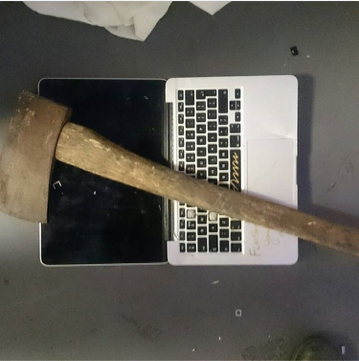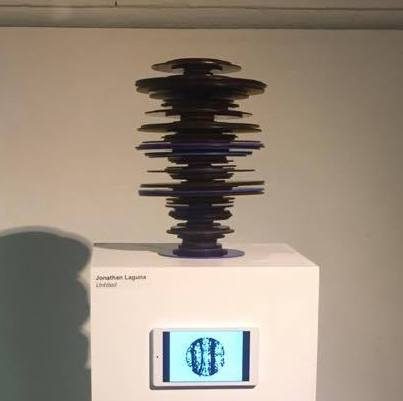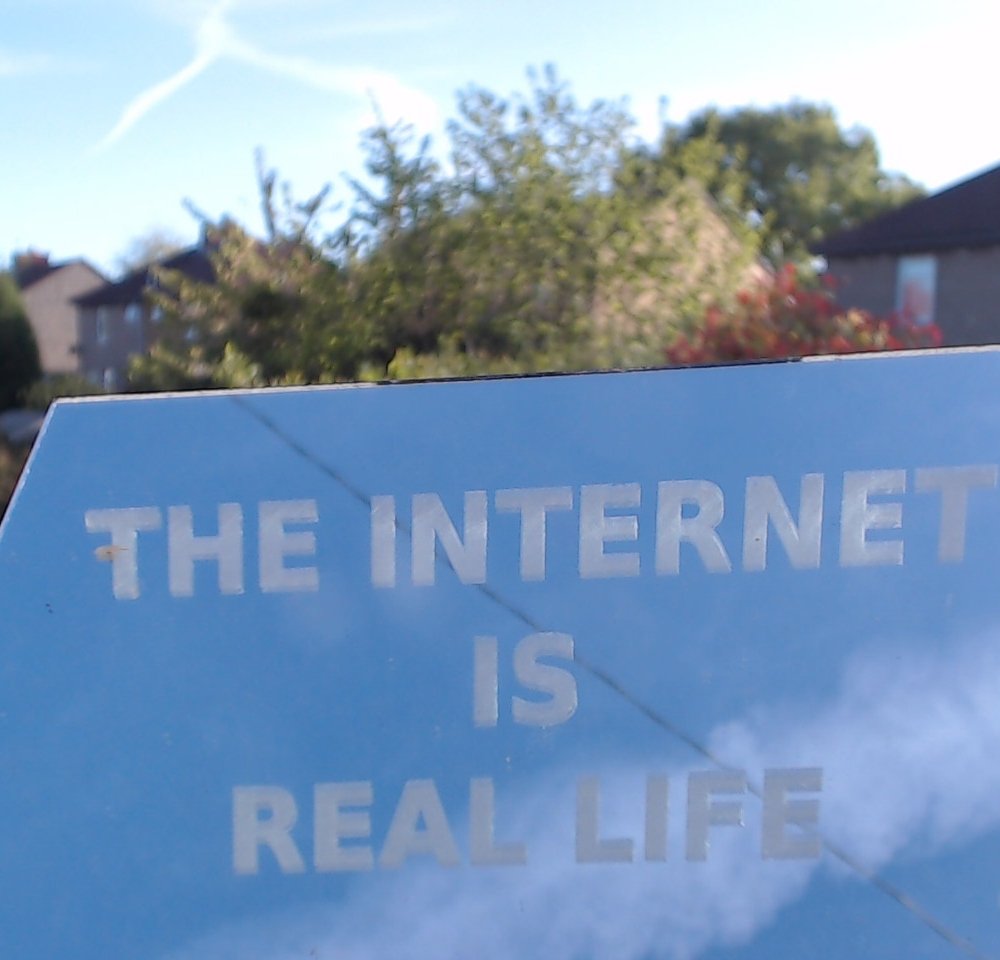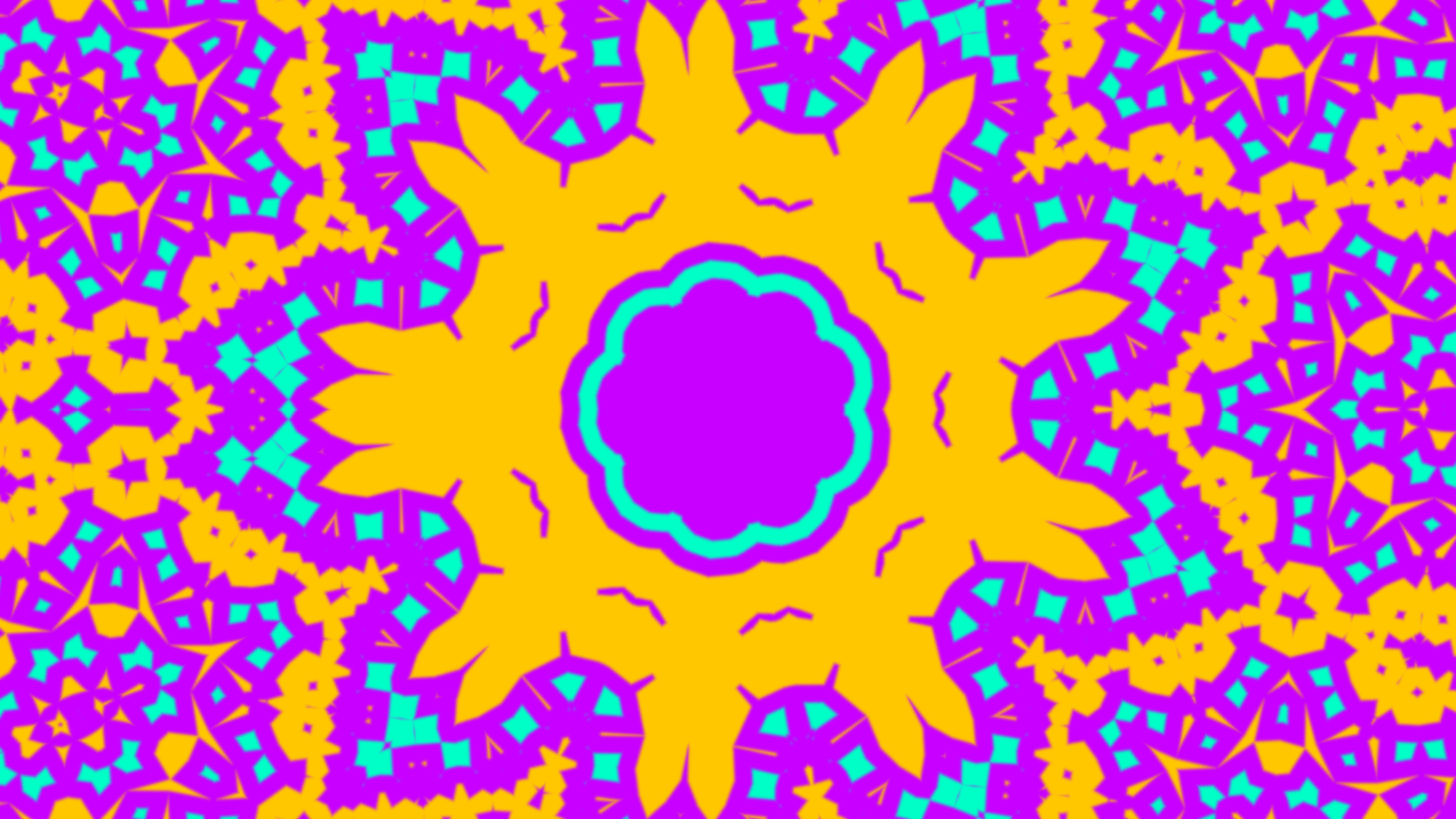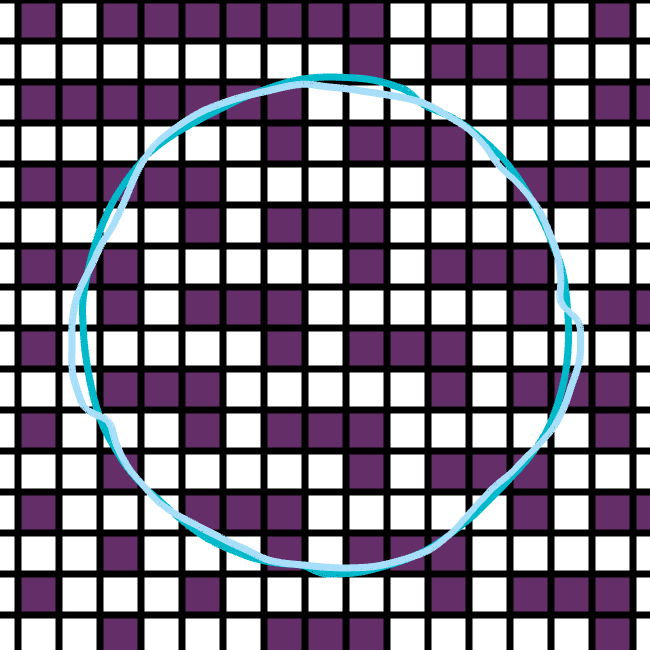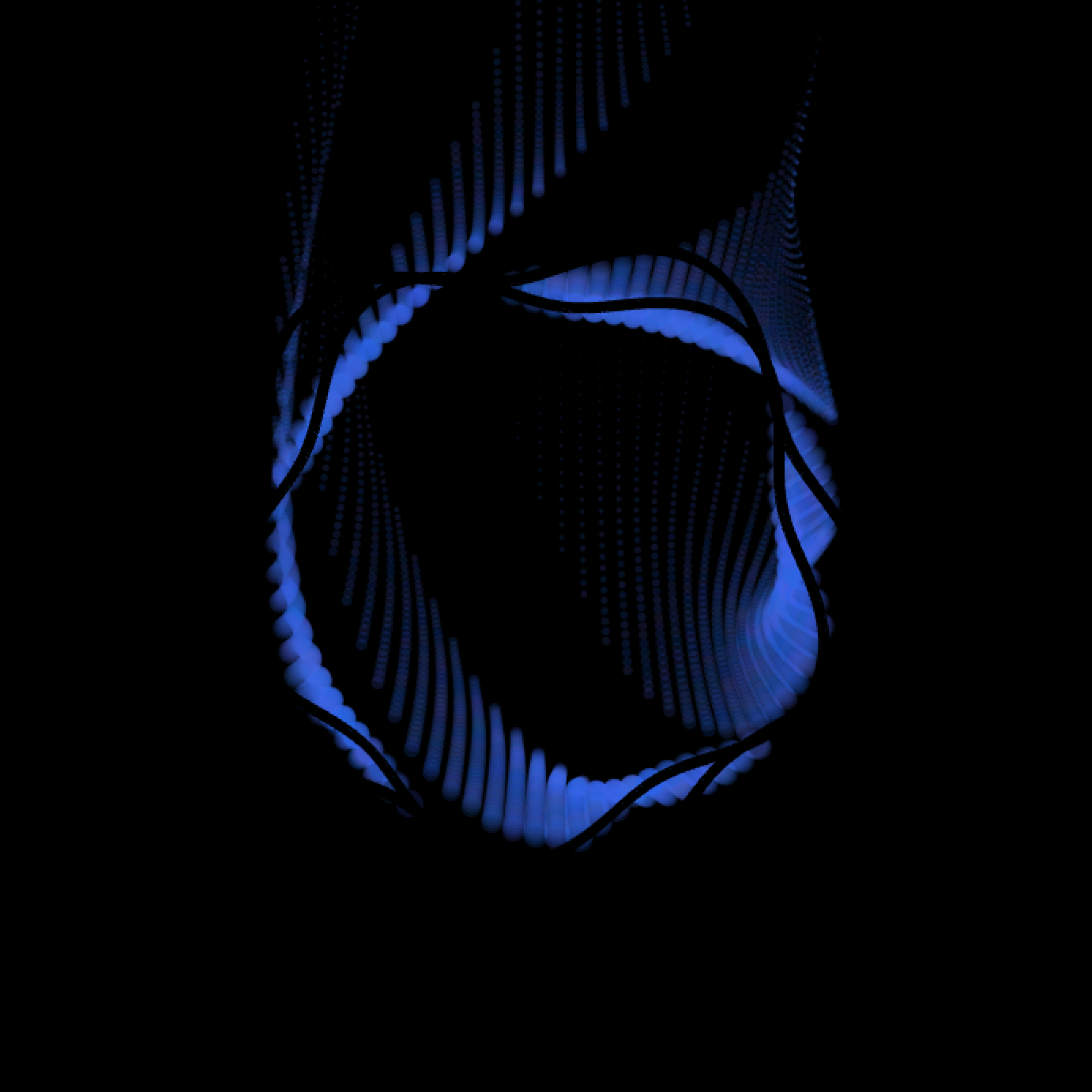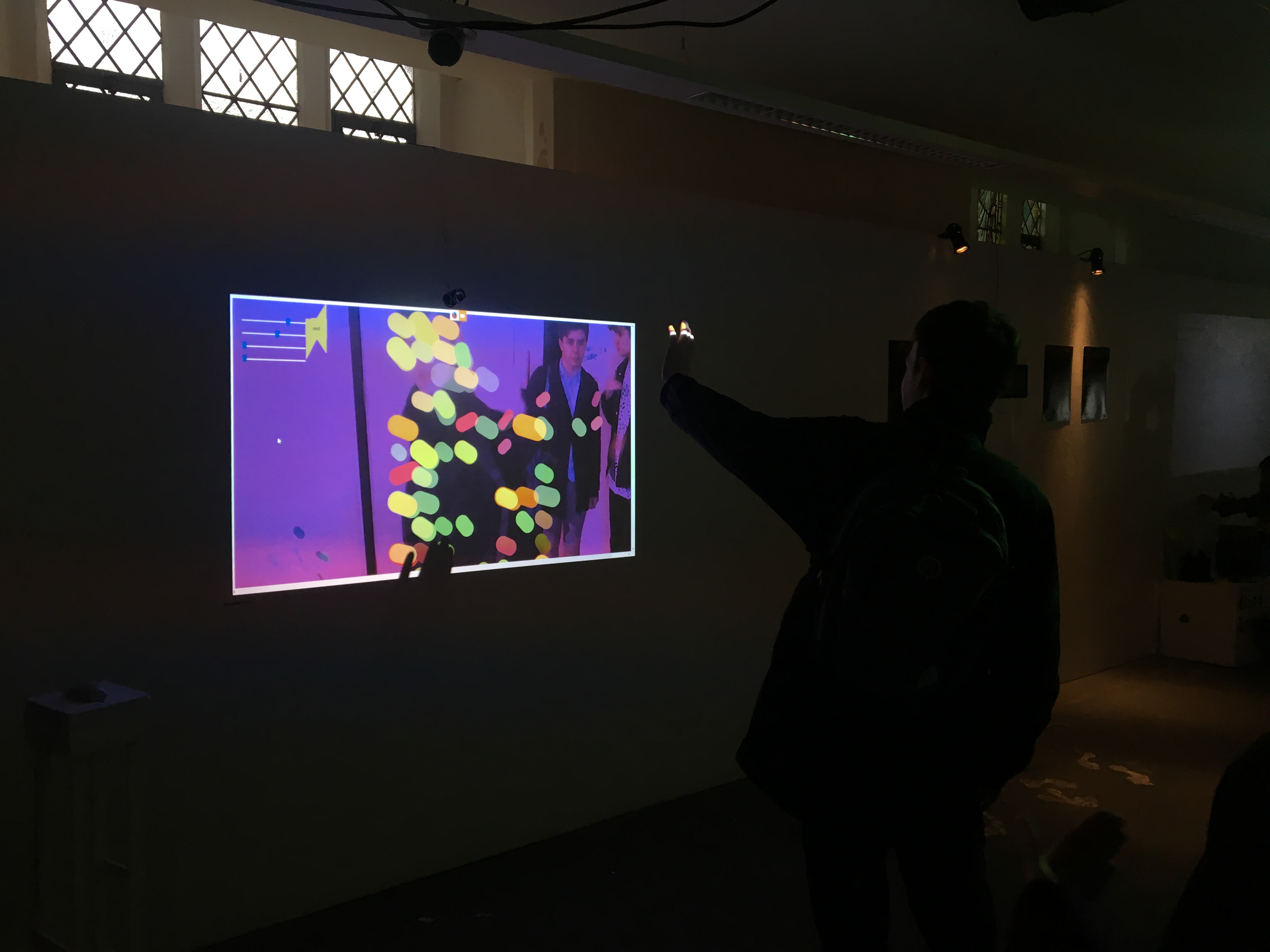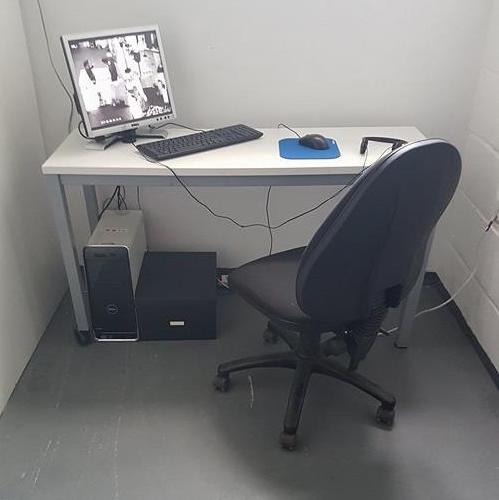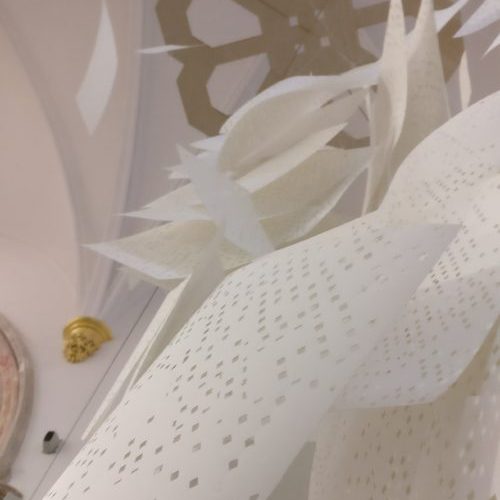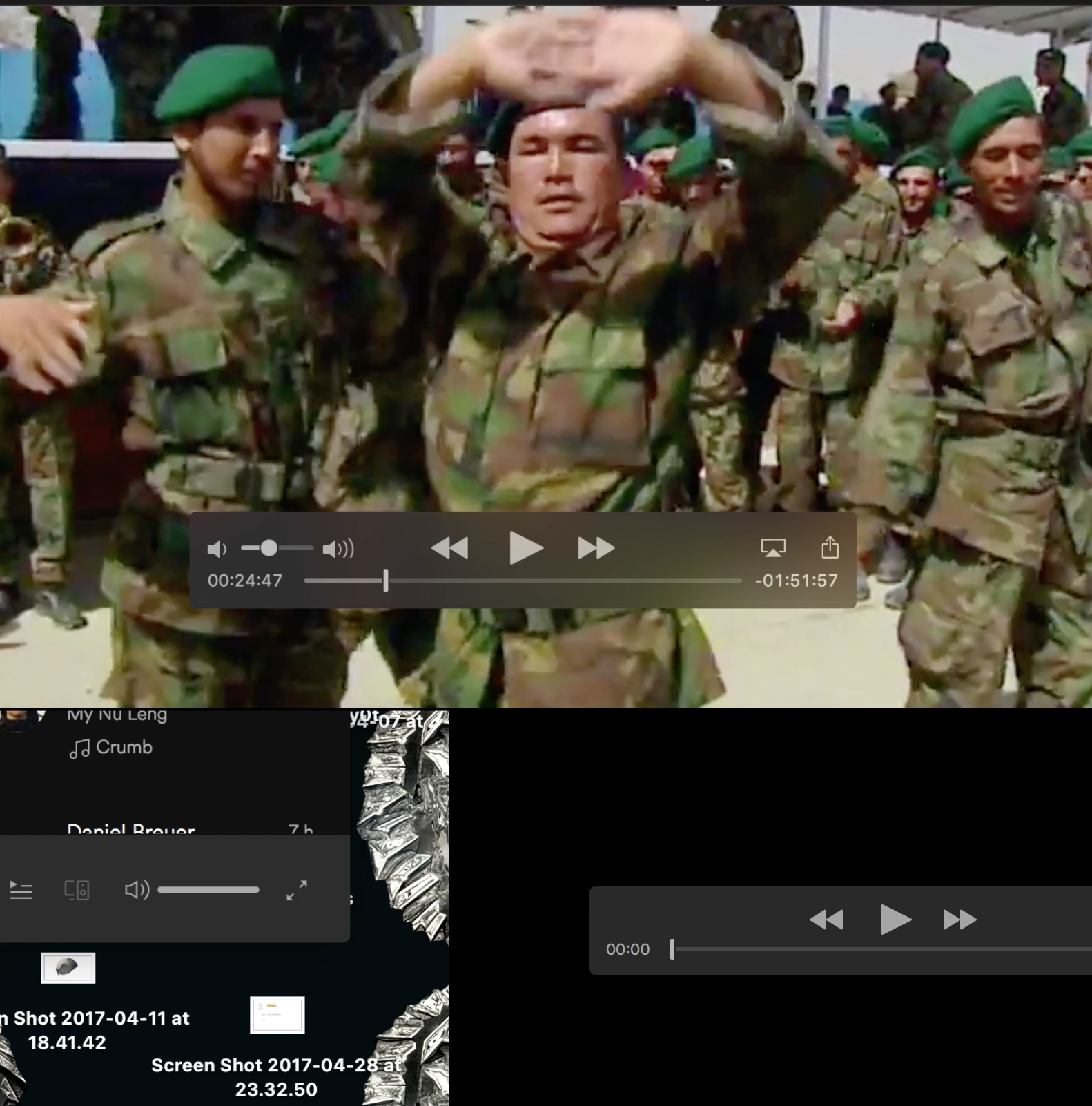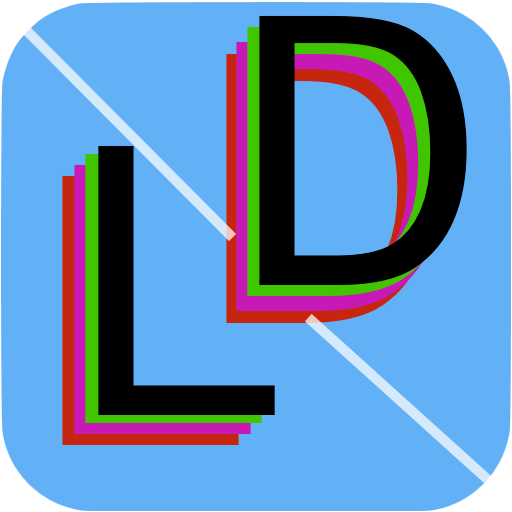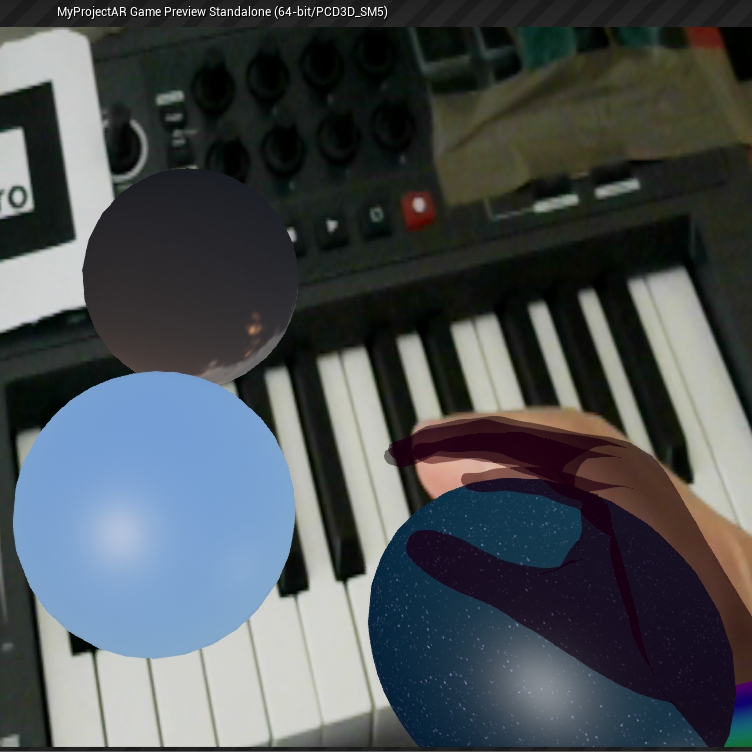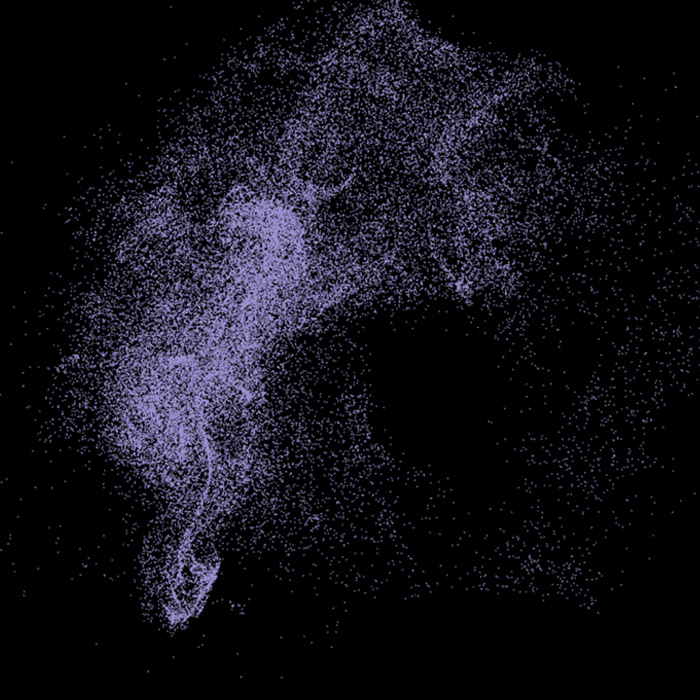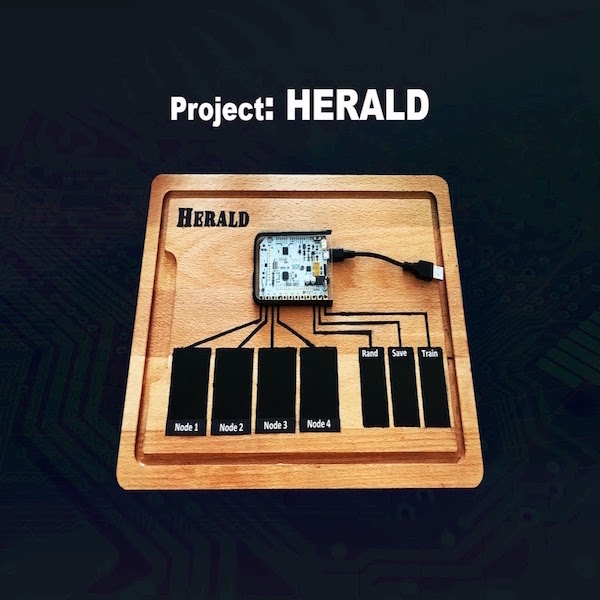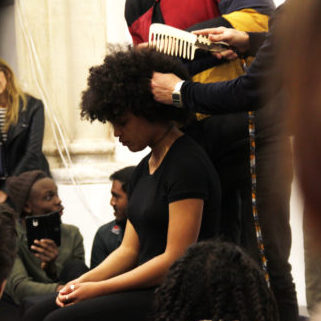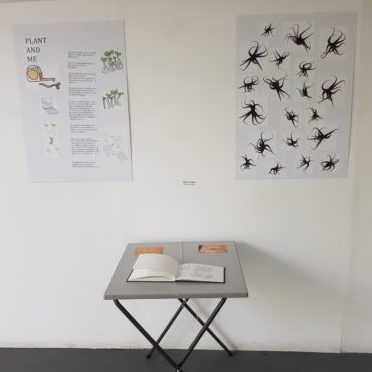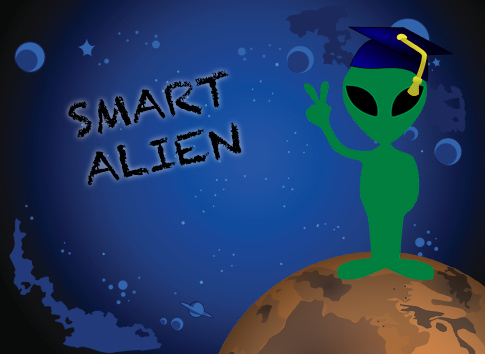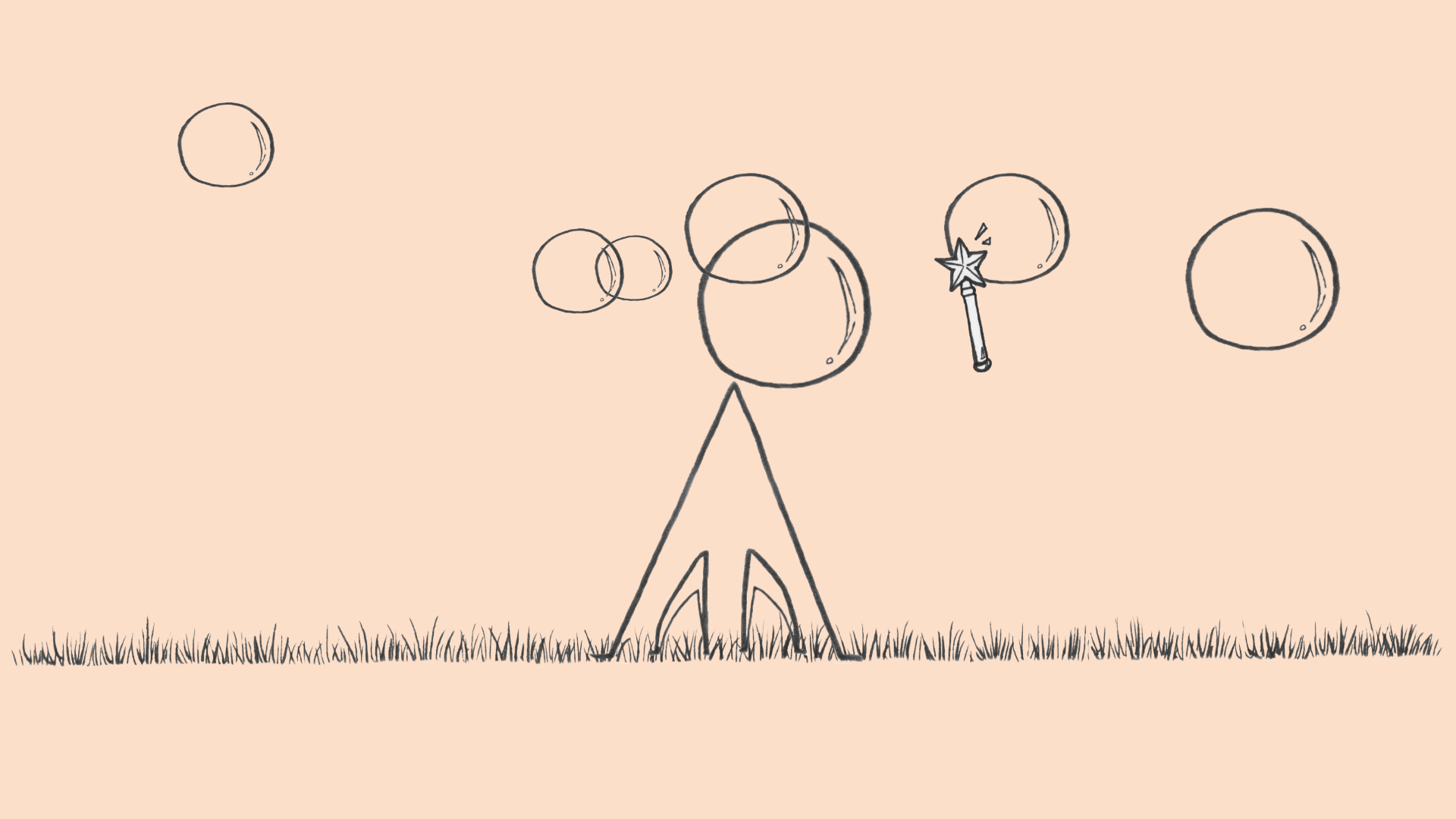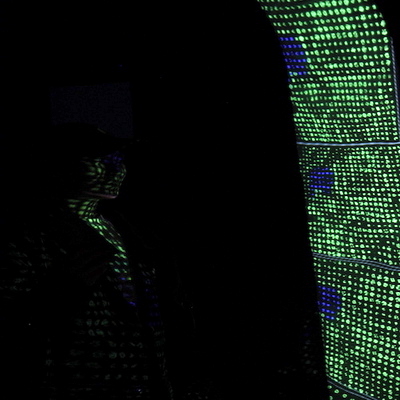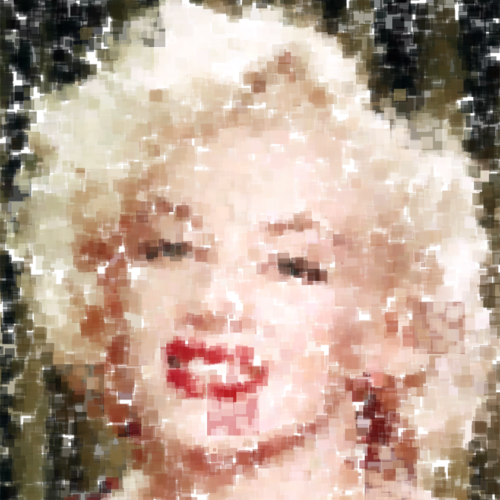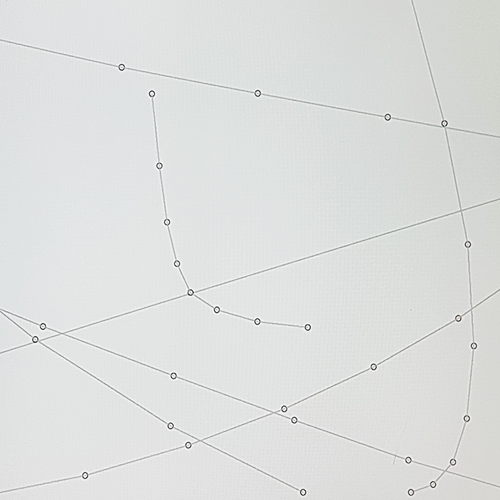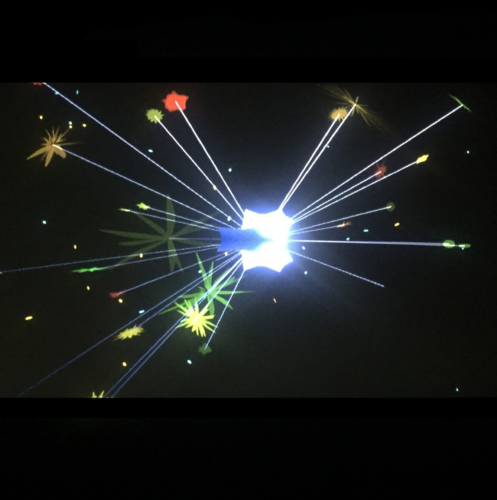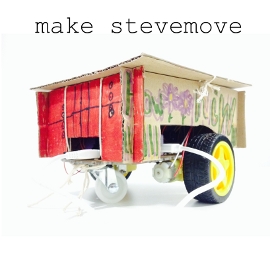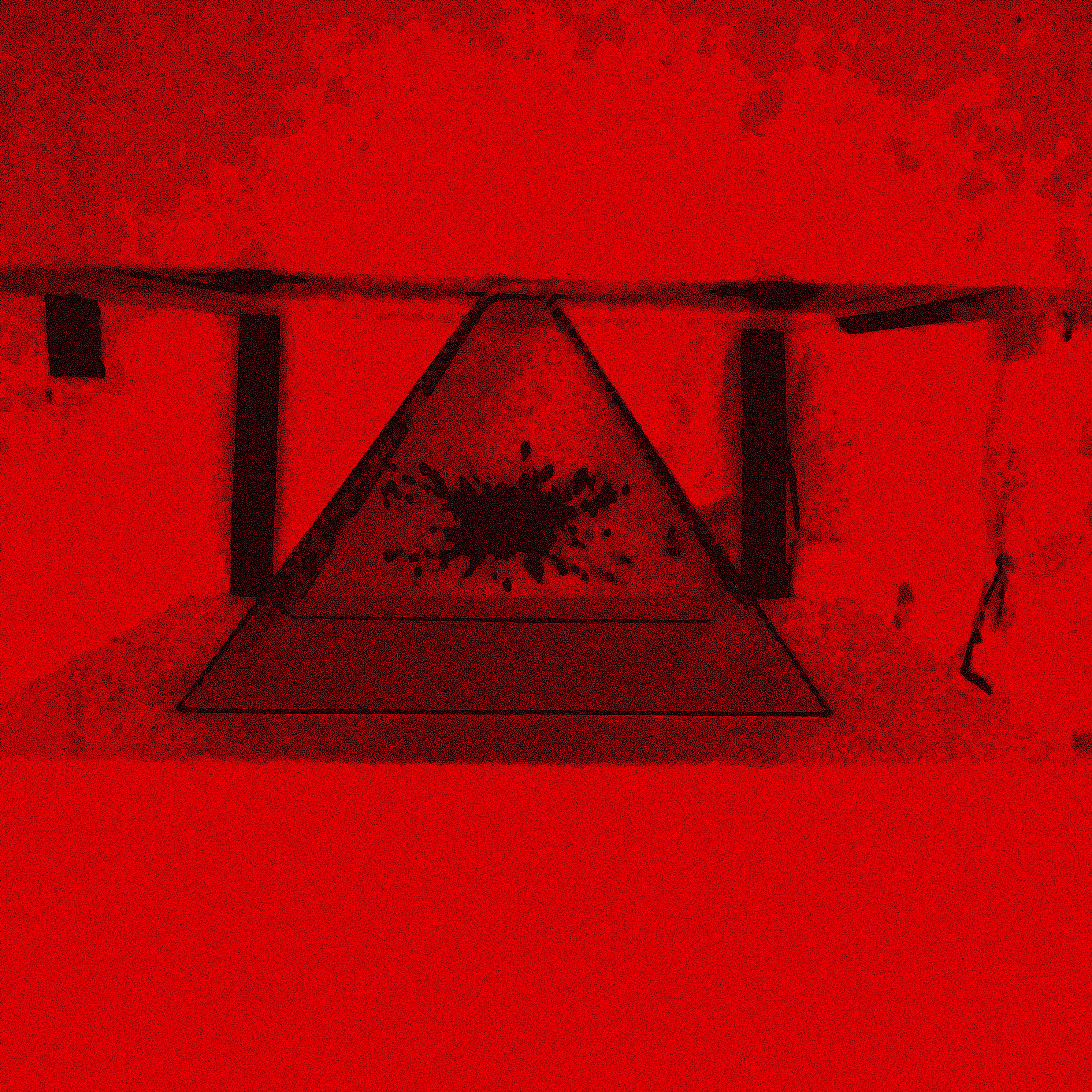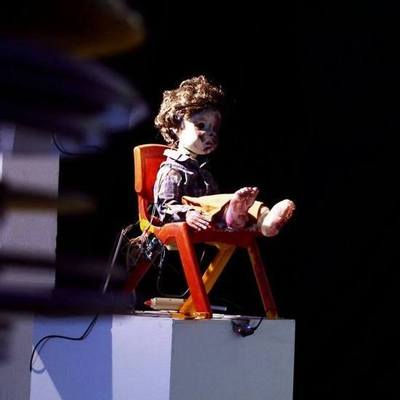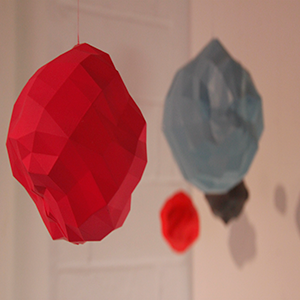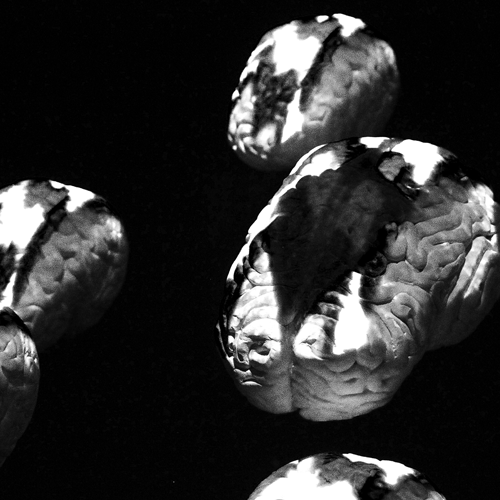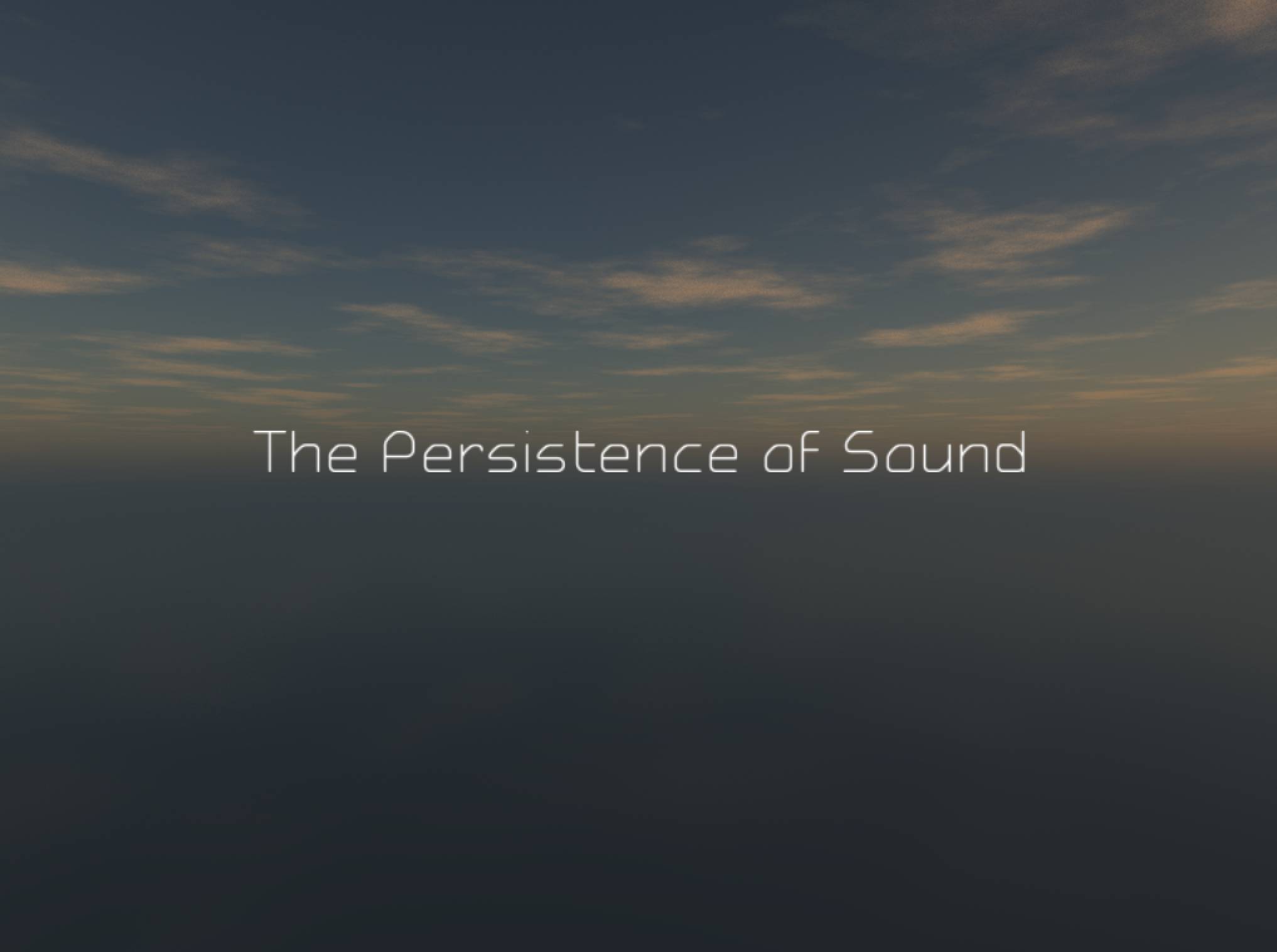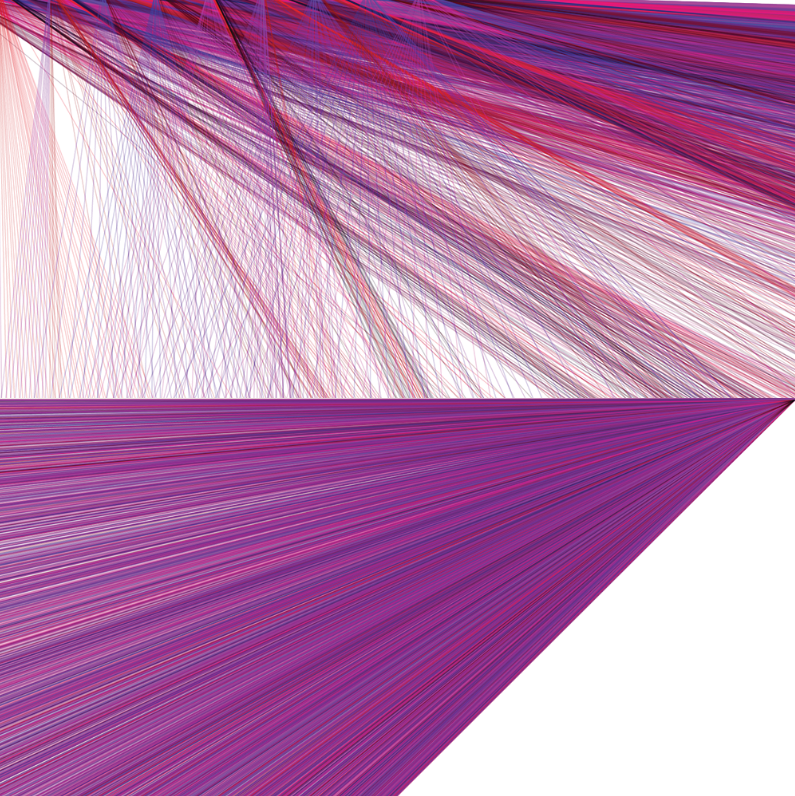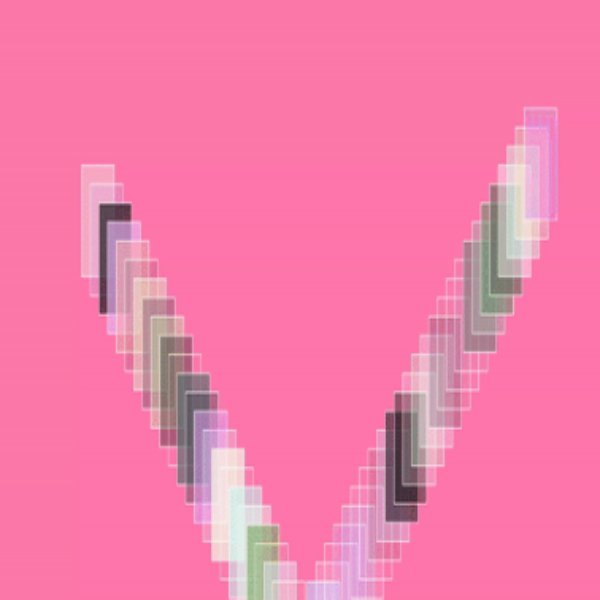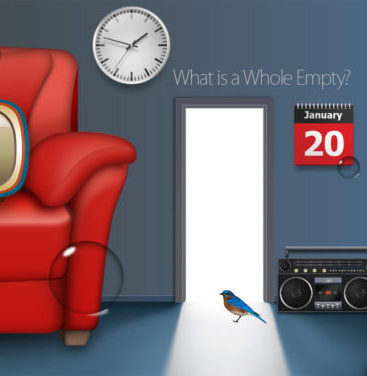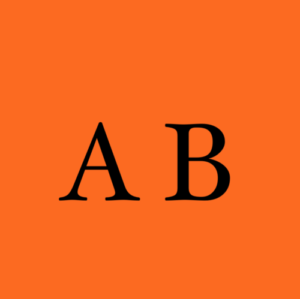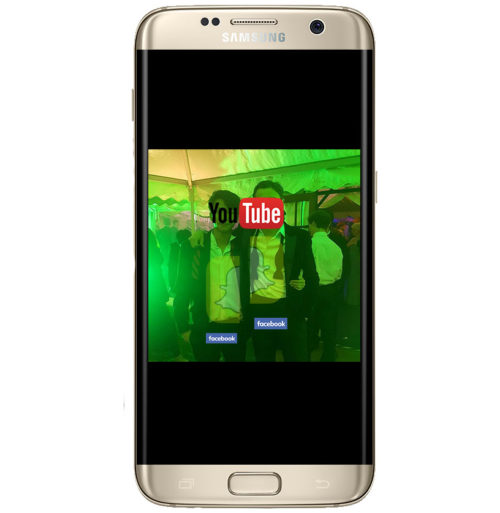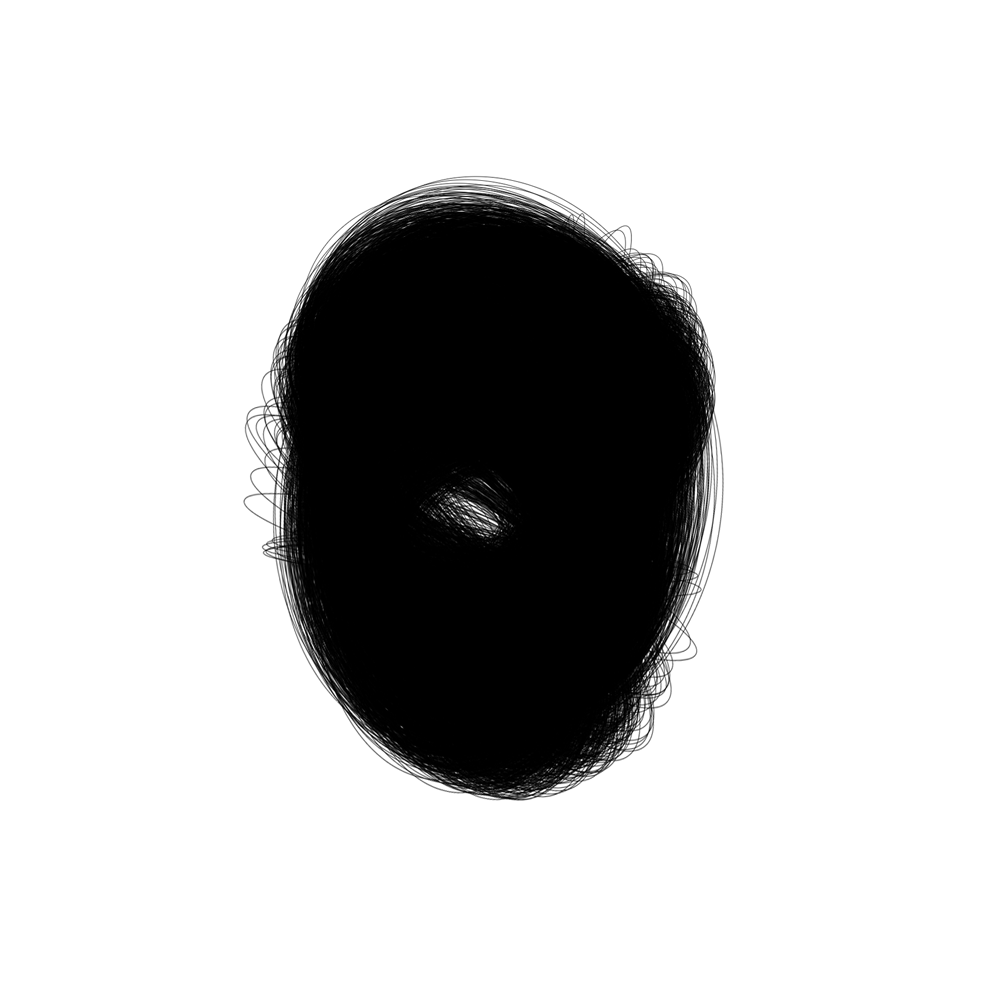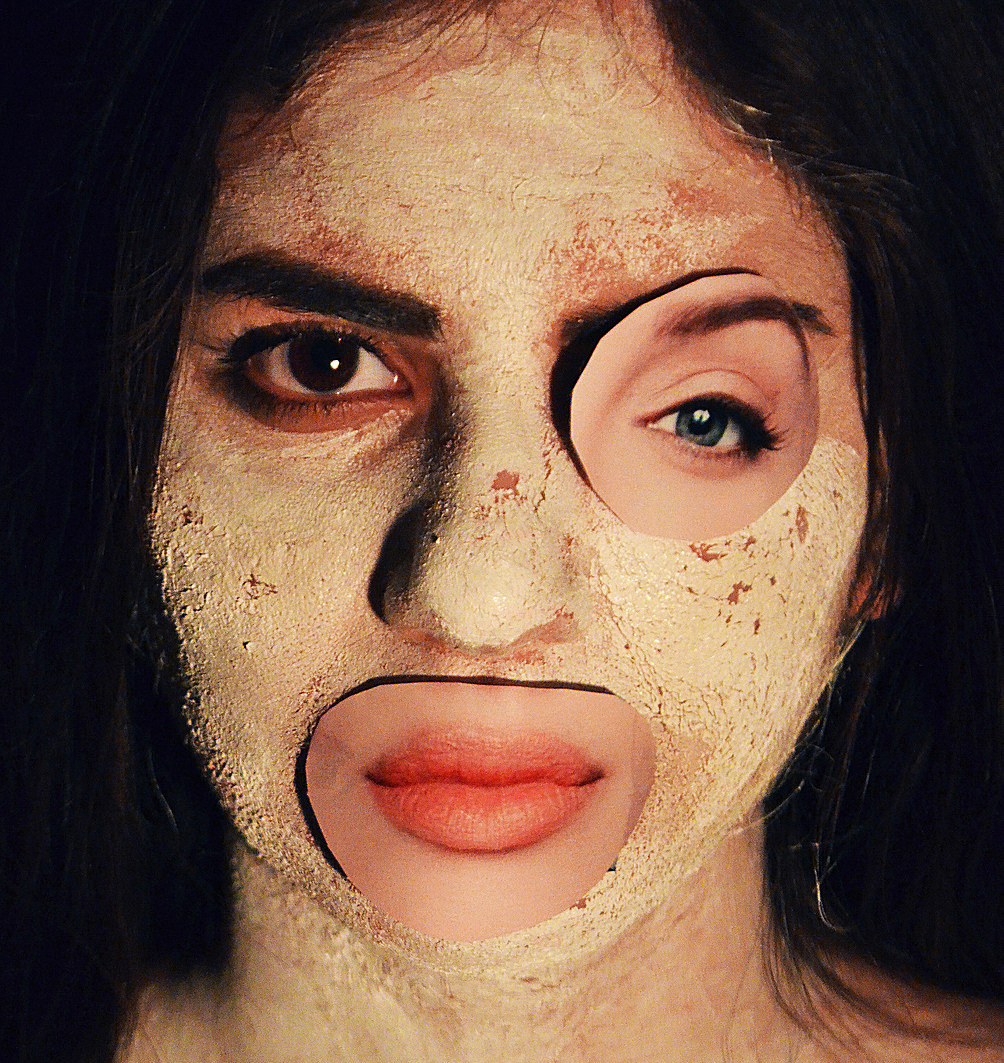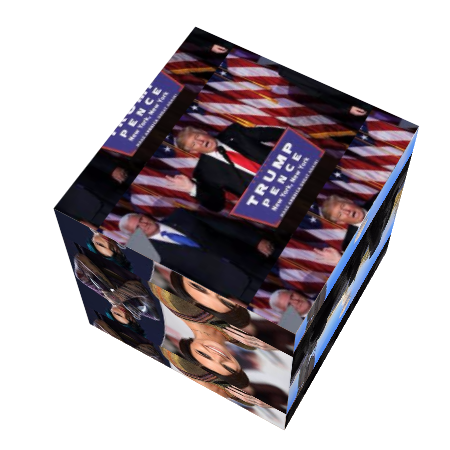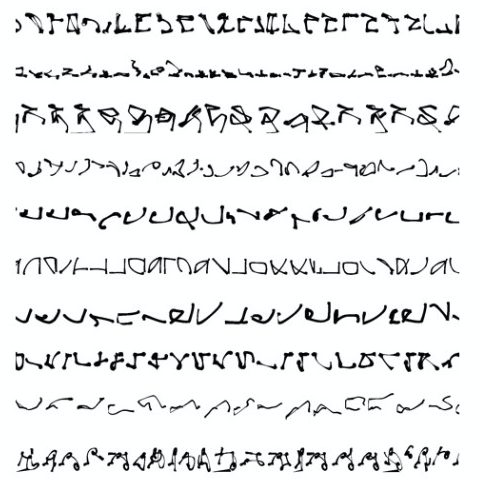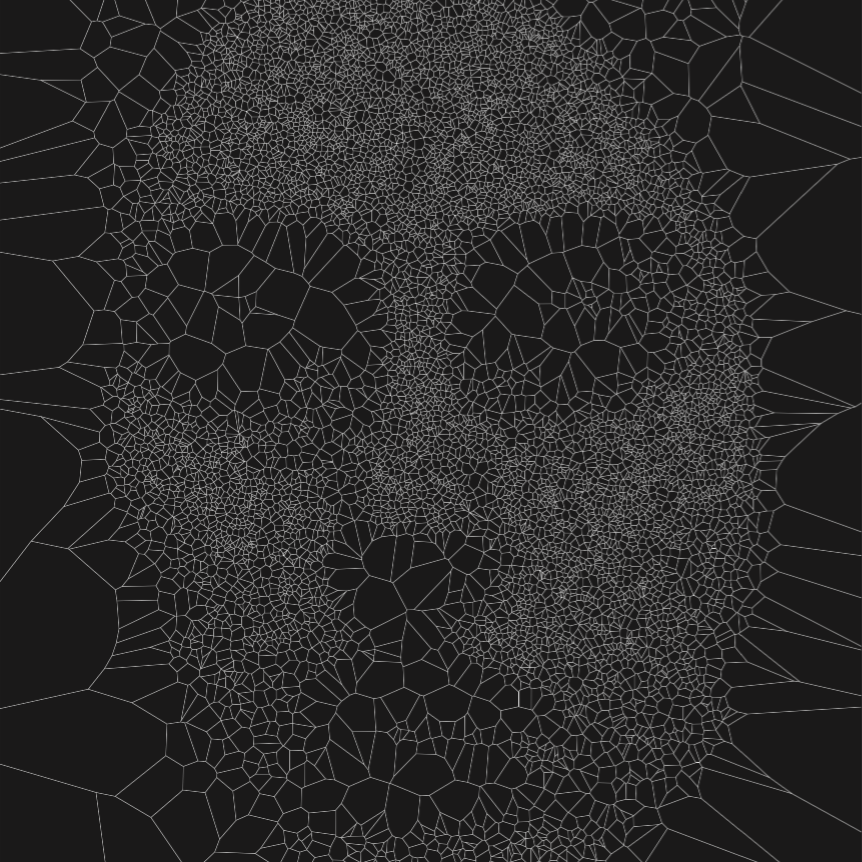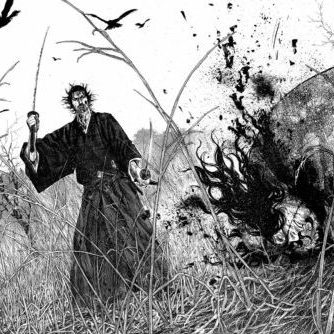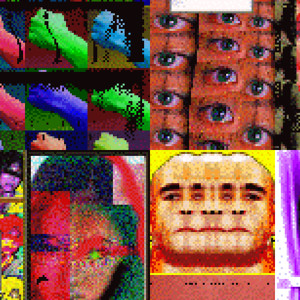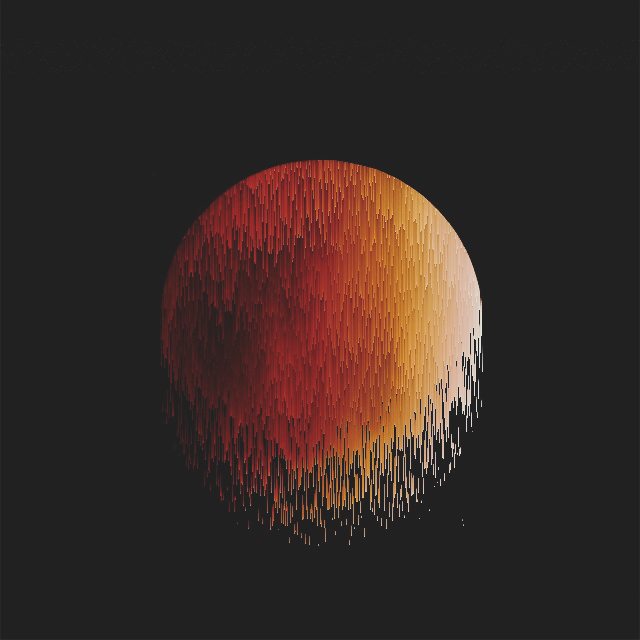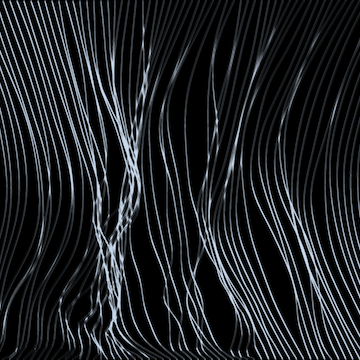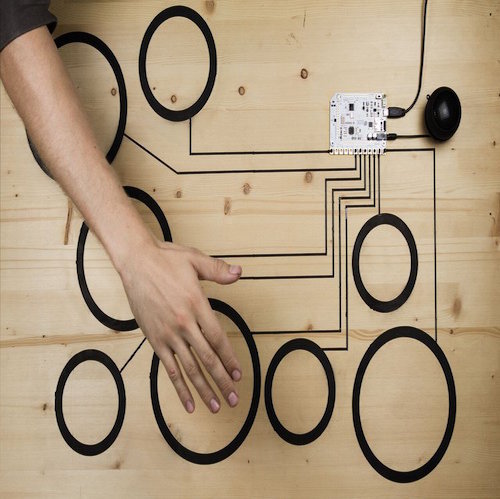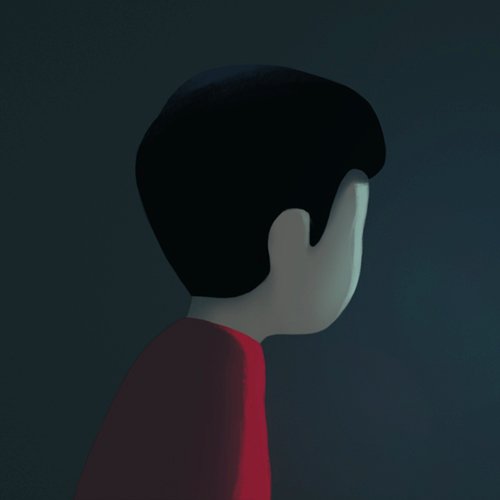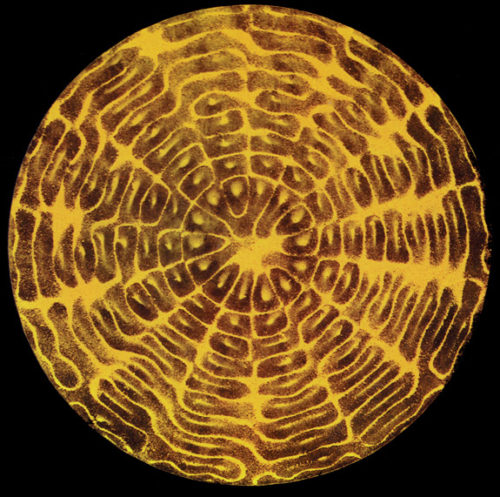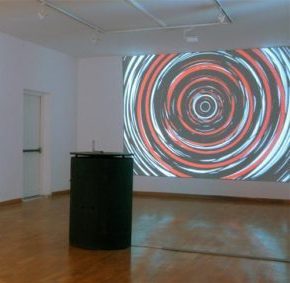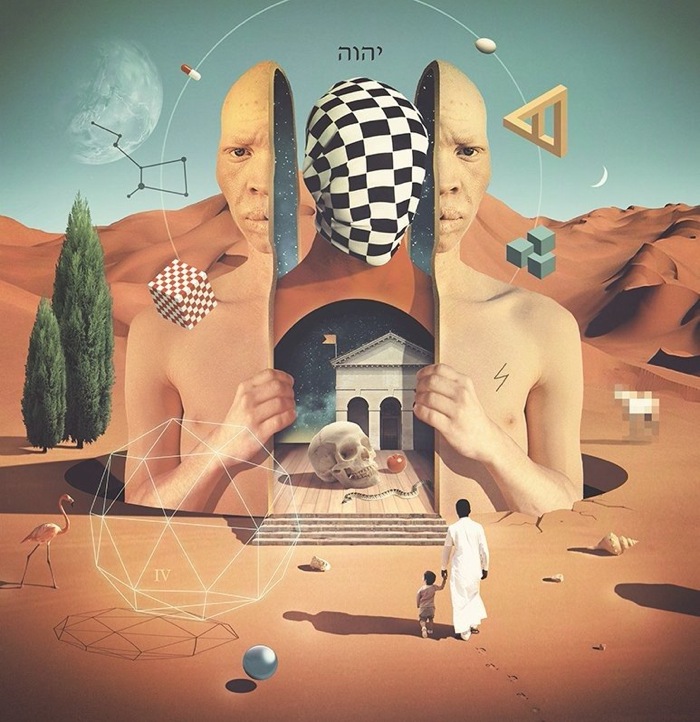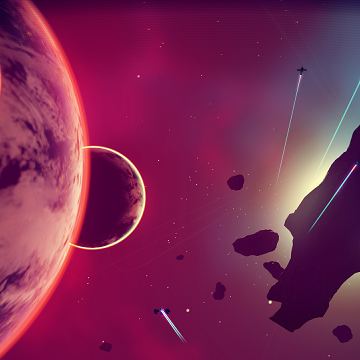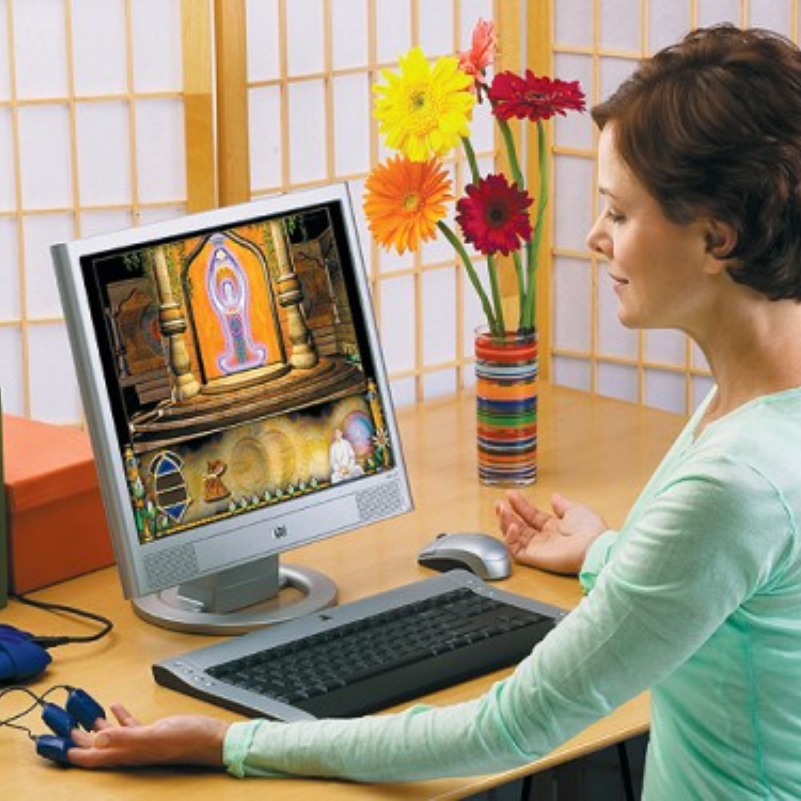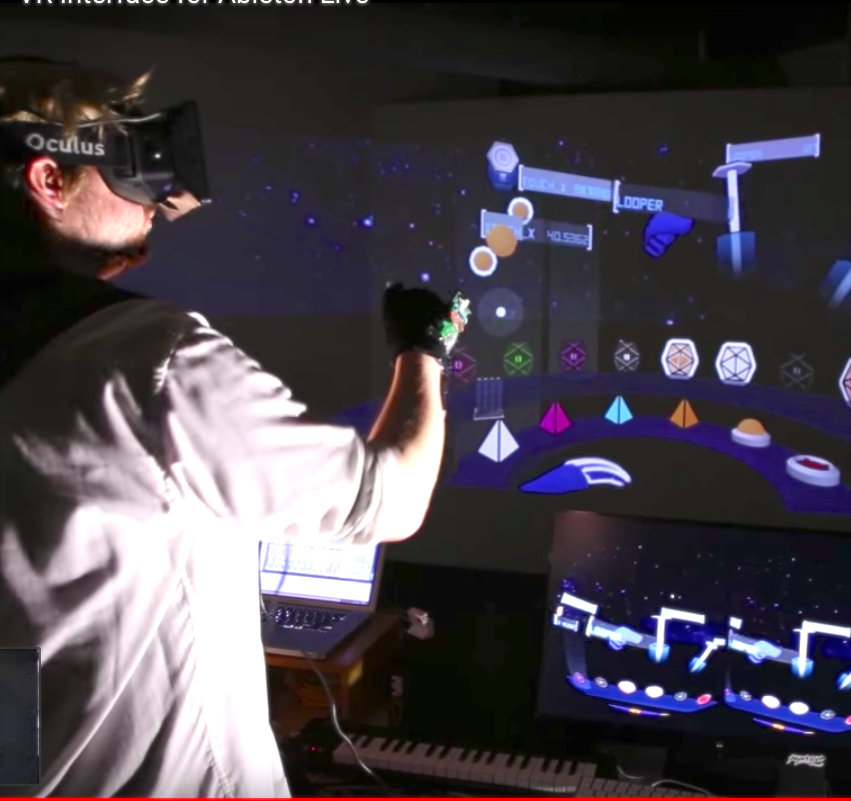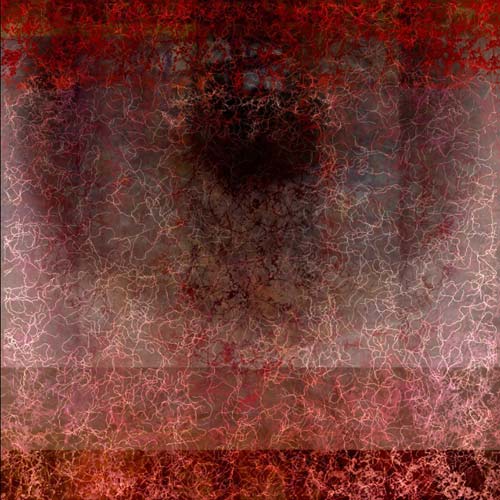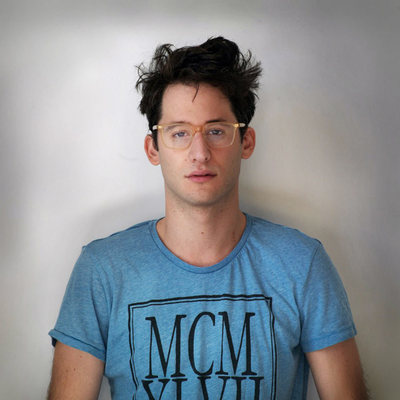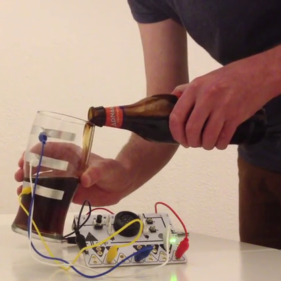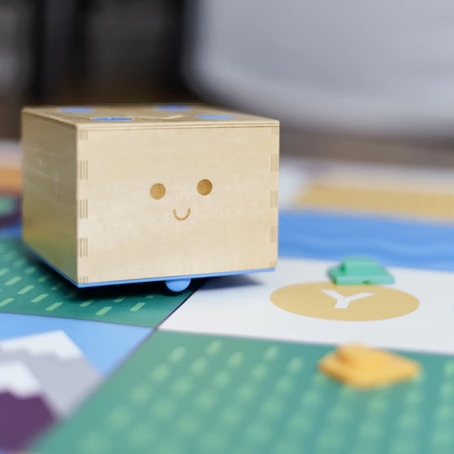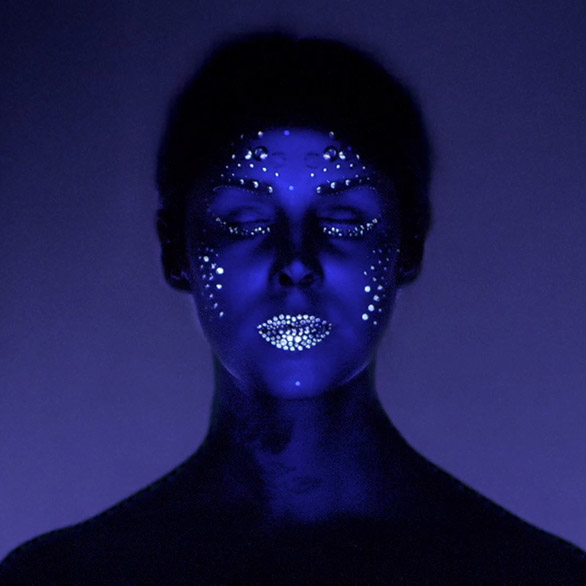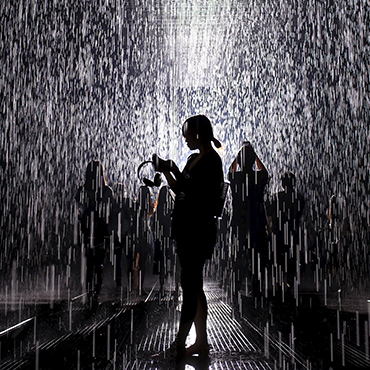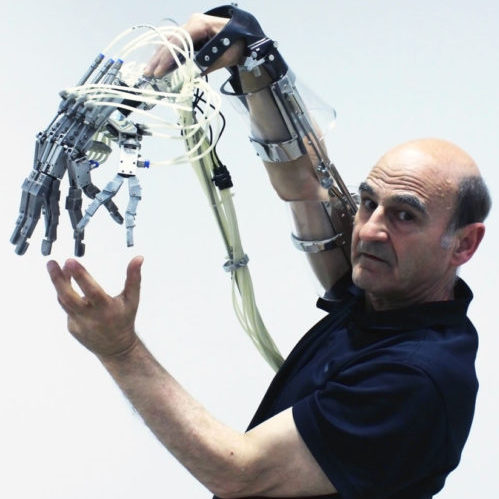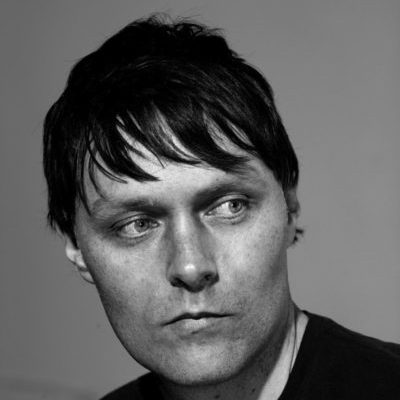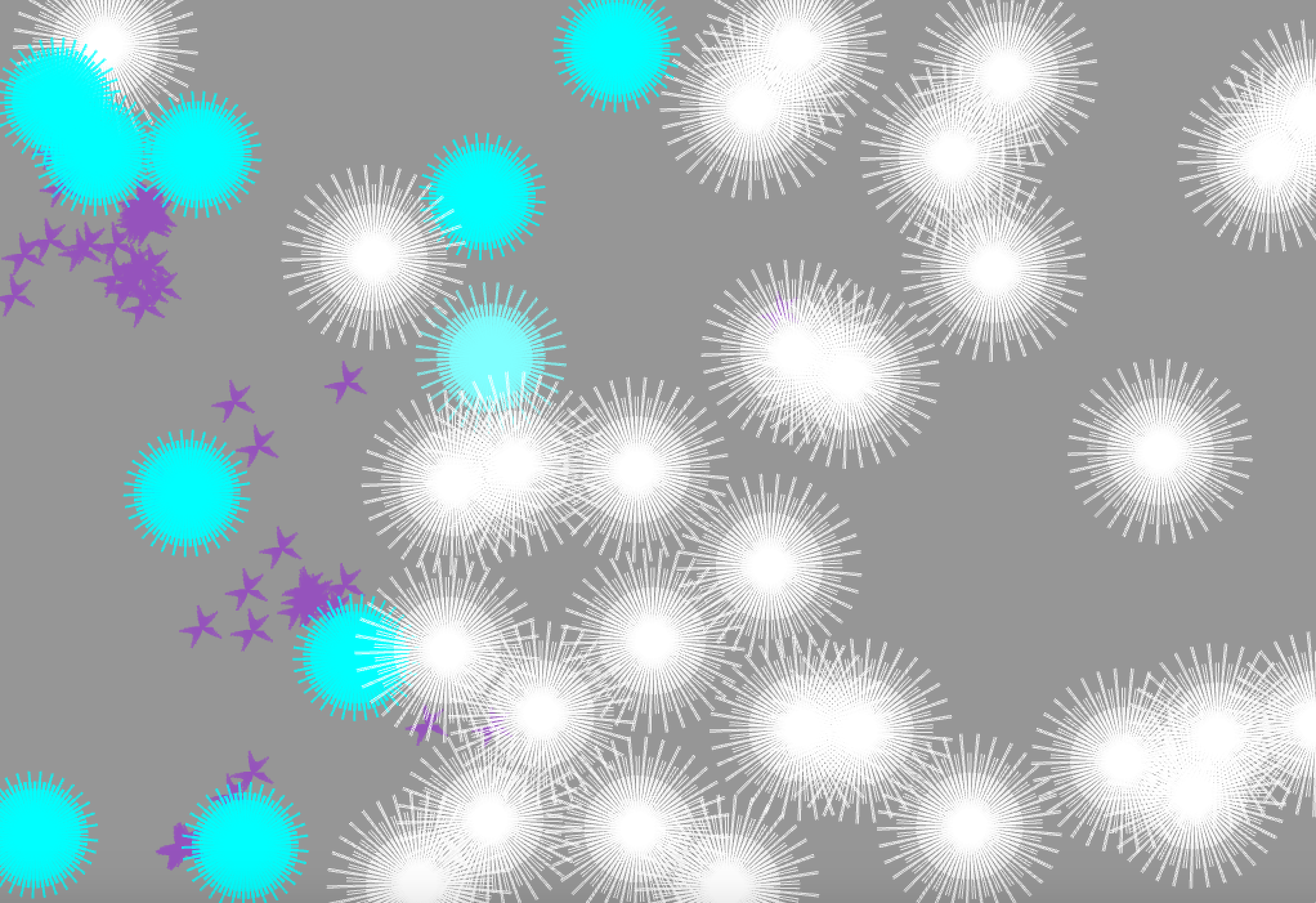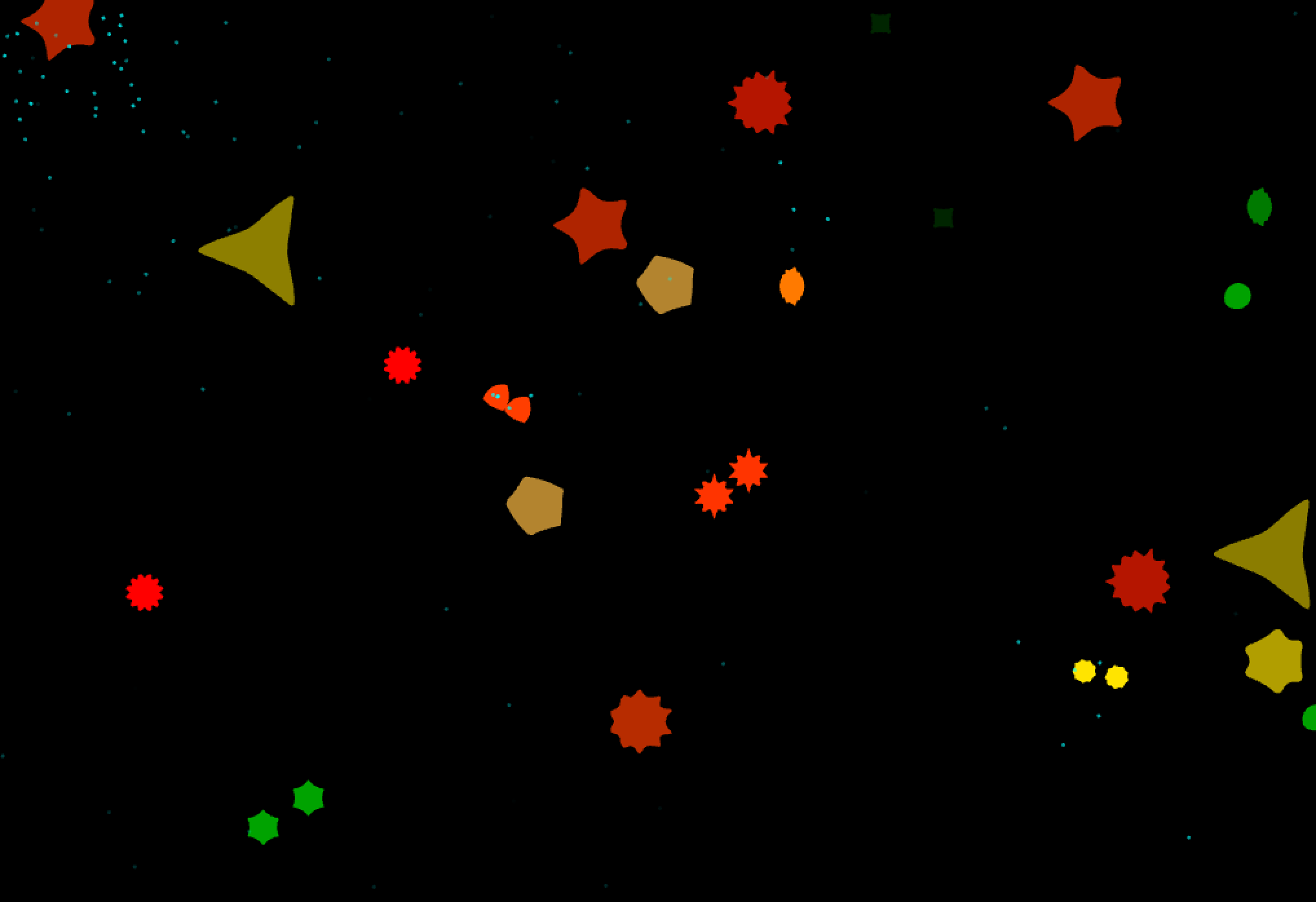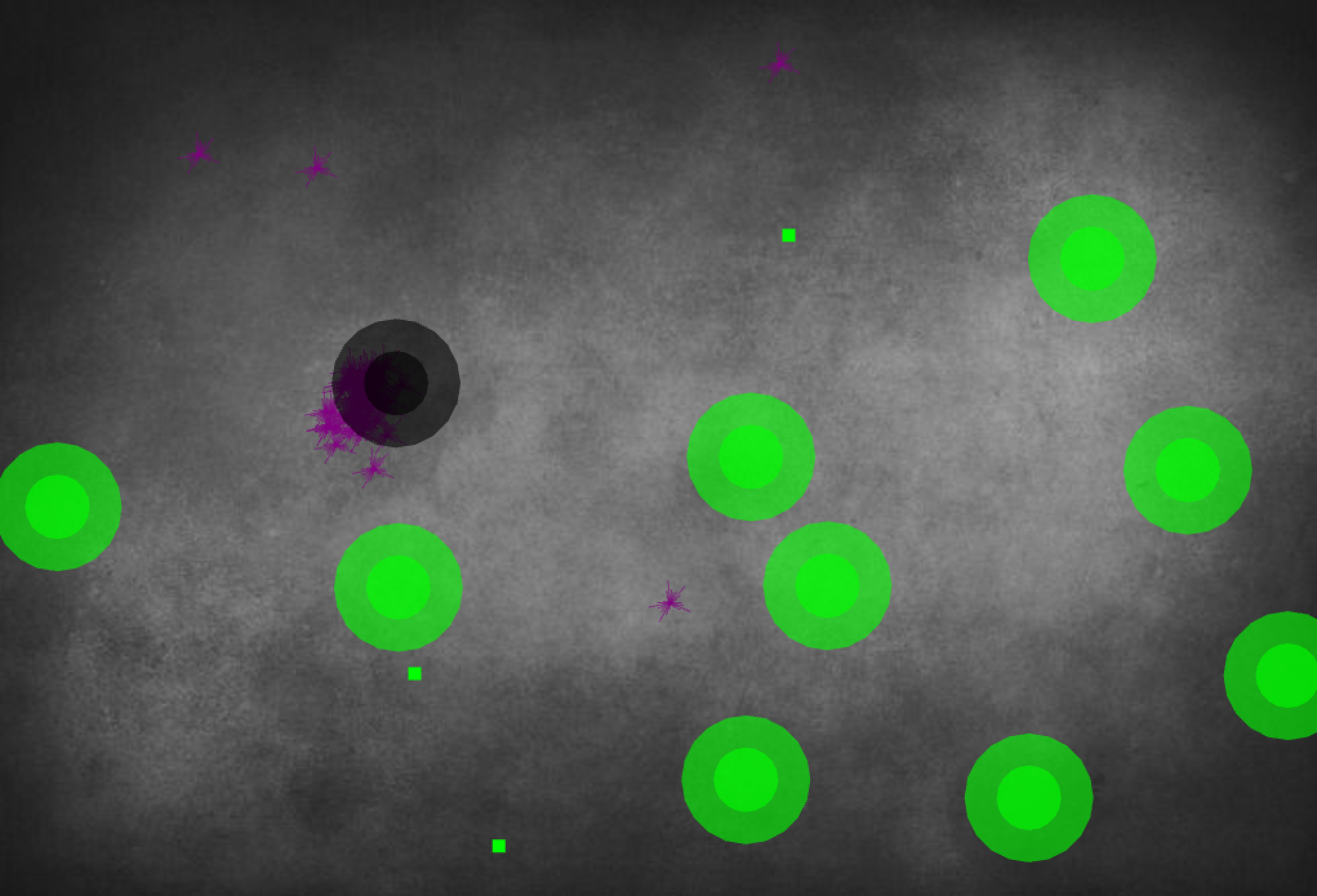Chained System
by: Lyndsey Jennings
Chained system is a piece that explores the concept of a mixed reality within a virus system. The system overall exists within a 2 dimensional space but plays with the concept of illusion and depth perception with the mixture of 2d and 3d elements. Chained system represents an autonomous system that continues to exist and change over time without the aid of an external stimuli. This means that it will never be exactly the same at any given time, allowing it to exist and multiply within the confines of its own parameters. Chained system is an imperfect world that is infected with a simulation of a virus to alter the scene in unexpected ways, giving it a sort of metaphor of reality.
Background
I first came up with the idea of chained system when thinking about the relationship between biological and computer viruses. Some of these comparisons being the infection of specific targets and the ability to manipulate information. From there I became interested in the idea of the bio-bot . An example of this is when a cockroach was attached to a device that could send electrical impulses to its antenna. These impulses would dictate what direction the cockroach moved in1 . Although not officially classed as a virus, these interventions behave very much in the same way: by altering the natural state of the cockroaches organs. I started to wonder whether computer viruses could transcend from a two dimensional space into the physical realm of 3D and affect different spaces. Within the real world, synthetic biology is a good example of the merging between biology and technology, with even viruses such as polio being synthesised within a laboratory2. An artist that deals with the merging of these two realities is Joseph Nechvatal, who works by visually simulating the effects of a computer virus, often onto images that seem organic and biomorphic in nature, which i have researched in my creative projects3. Through looking into these topics I wanted to create a virus simulation of my own that could exist in two spaces, further adding to this narrative of a mixed reality.
Aesthetically I wanted the shapes to be biomorphic in nature but have the ability to turn more stark according to changes in the environment. To produce these aesthetics I decided on using the superformula, as its parameters allows it to alter its shape in a variety of different ways. One way i wanted these changes to happen was through the shapes crossing over with each other, reproducing a child from the two that has a mixture of parameters and hence a different shape. The other factor I wanted was small particles that represented a virus. Once the virus would intersect with one of the superformula then its parameters would begin to change in a way specifically that the virus programmed it to. This would alter the natural parameters of the superformula, which would spread and continue to alter the next generations. I created different types of viruses that are presented in different colours. The different forms of viruses have different affects on the superformula. This needed to be the case to keep variety in shape and colour, otherwise all of the shapes would end up looking exactly the same from one strain of virus.
Some prototypes and work in progress
In order to convey the illusion of a mixed reality within the system I decided to have a 3D superformula in the centre of the work, living alongside its 2D components. I also rotated the 2D superformula on the y axis so that it would be obvious that they were 2 dimensional, juxtaposing the 3D object and creating depth perception. Every 2D superformula of the system is attached to the 3D one by a line. They can never break free from these lines that essentially act like chains. In order to further connect the two dimensions, I decided that the viruses would emerge from the 3 dimensional object, once the virus would infect an object then the 3D superformula would respond by its parameters being altered, causing it to change shape. In a metaphoric sense I wanted this to happen to symbolise that the 3D superformula is gaining energy from the effected 2D counterparts and changes shape in response to that.
I wanted the 3D superformula to be grey in comparison to the other superformula's to again juxtapose one set of parameters with another. Within the system, the grey object is the one that feeds of the rest and can only exist and gain energy when the others are infected, hence why it was important to make it grey. If the 3 dimensional object had also been of colour then aesthetically it might have become lost within the scene and not provide as much of an impact for its direct opposition to the rest of the system.
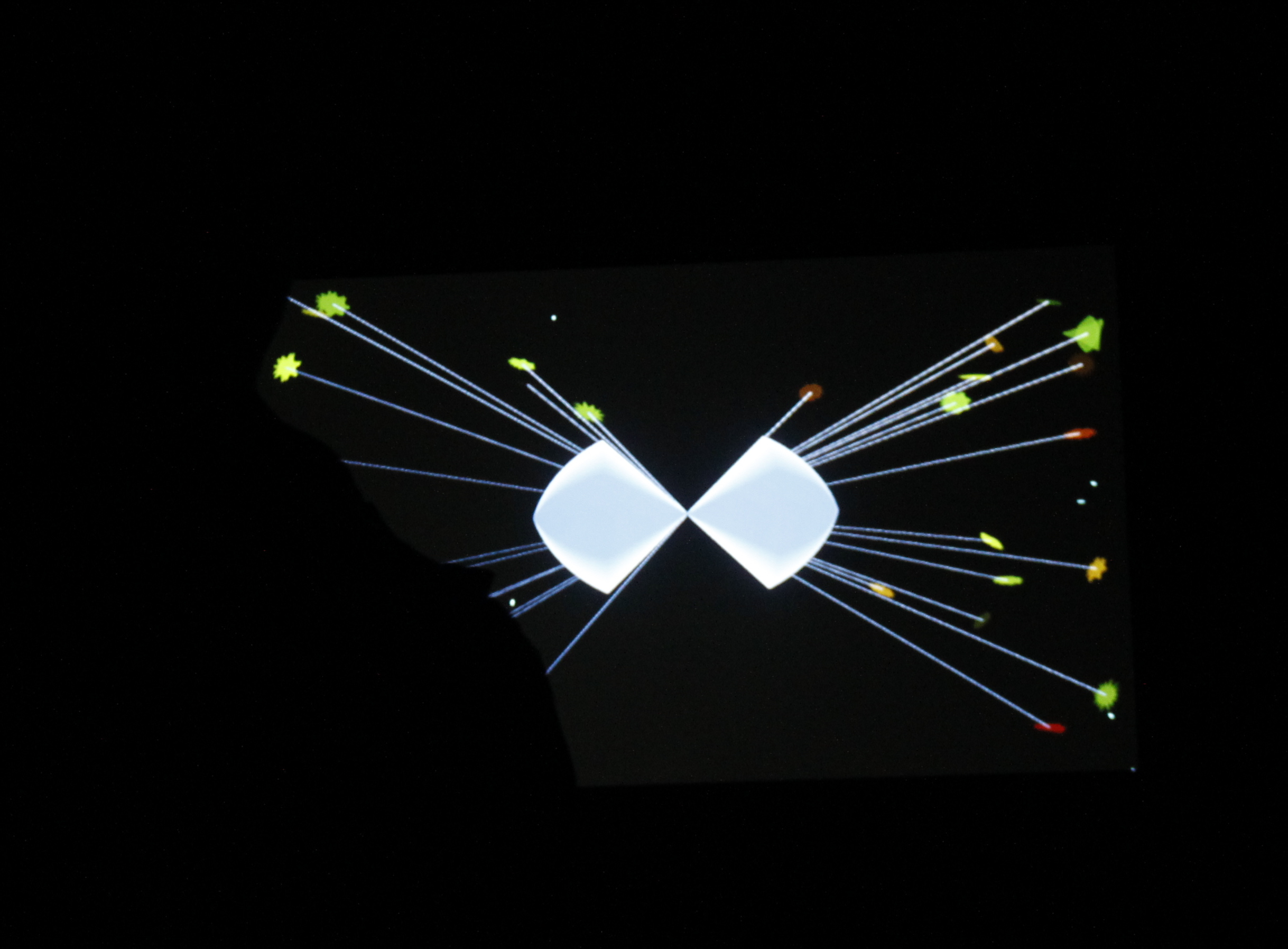

photo of the finalised system
Audience
My intended audience was members of the public within a gallery setting. I chose to have my work projected rather than being shown on a screen because of the difference it made to light perception. Through the work being projected, the colours hue appeared more vibrant than it could have on a screen, giving a different sort of materiality to the piece. I chose the screen of the projection to be roughly A0 in size so that it could be bigger than the average monitor that would be available within an exhibition but it was still small enough to be intimate. This made the audience able to get a feel for what was going on within the scene as a whole but would also be able to see the small nuances within the system. The effect that I wanted this piece to have on my audience was actually one of ambivalence. This is because I intended the piece to aesthetically almost look soothing and relaxing but the undercurrents of the meaning to represent something more sinister. For this reason also i found it important not to make my piece interactive but to only exist to be observed, like a more traditional art piece.
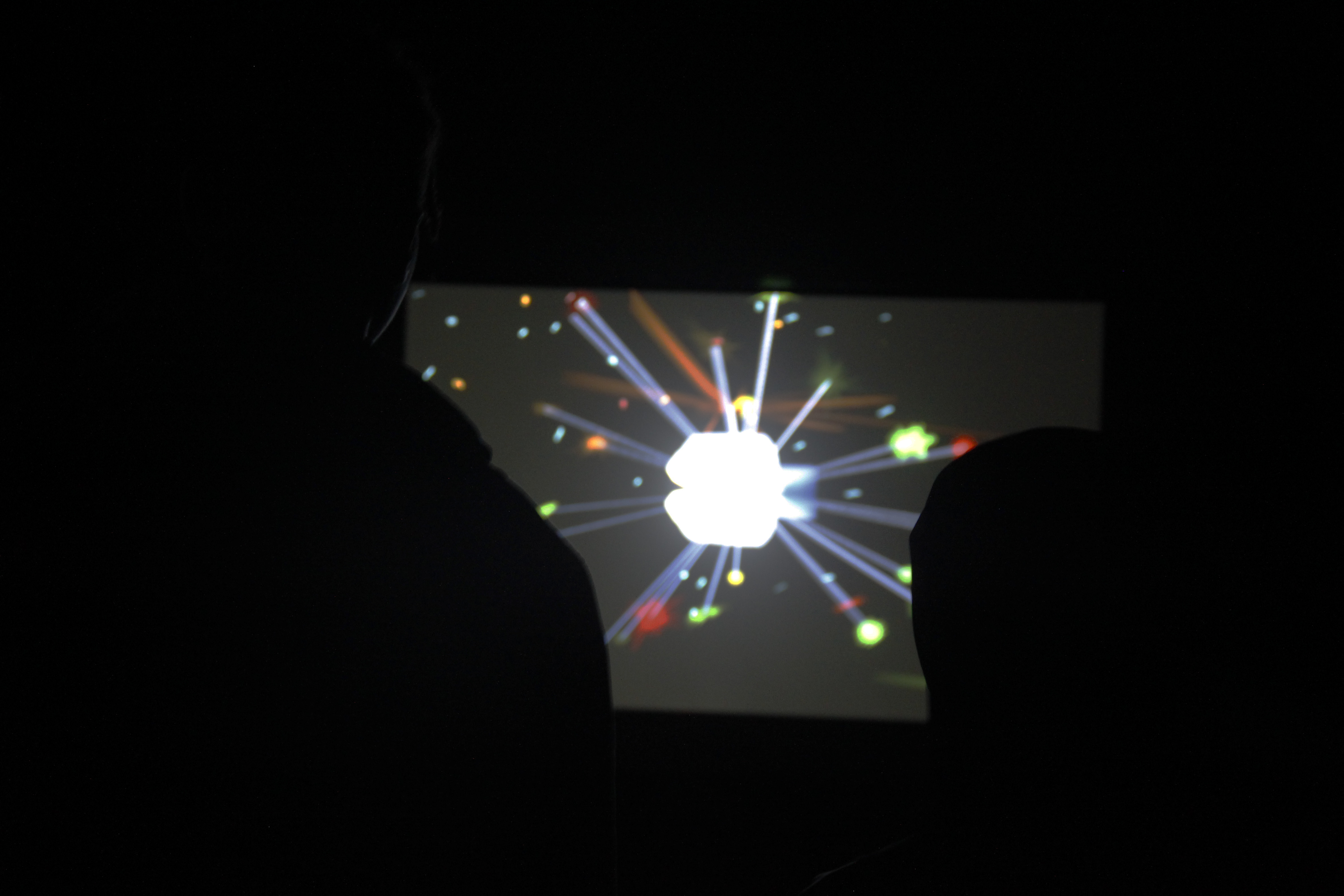

Engagement with the audience
Code and problems
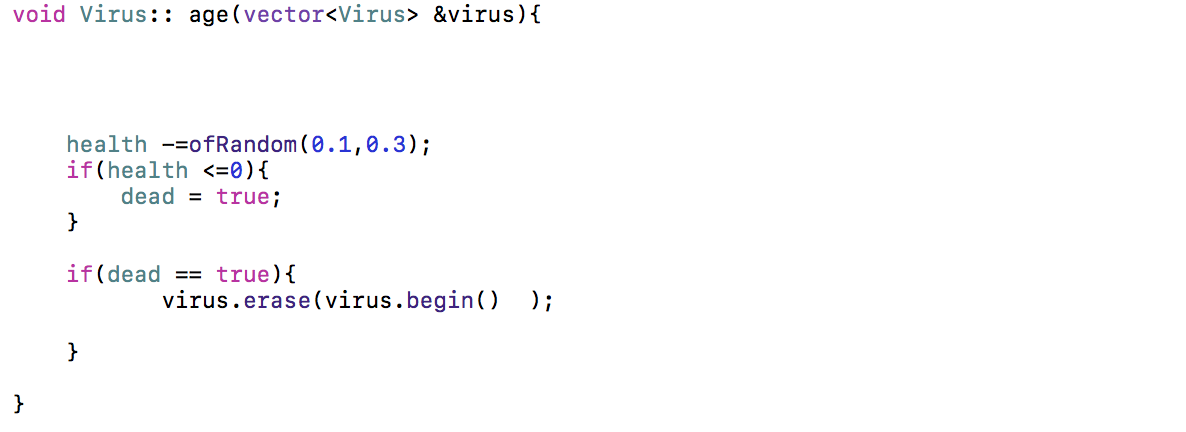

This is a piece of code where i am determining the life span of the virus. Once the viruses health decreases to a certain amount then it will be erased from the scene. An issue i had regarding this was that if none of the 2D objects had been infected with the virus within the given time frame allowed then all of the viruses would be erased and it would not be a continuous system. I combatted this by setting virus releases on a timer so that if a certain amount of time had passed then a set amount of virus would be pushed back, as shown below. I was unable to push back the viruses within the virus.cpp file but managed to achieve it adding the code into System.cpp, which is the file where I add all the different components before adding it to ofApp.cpp.
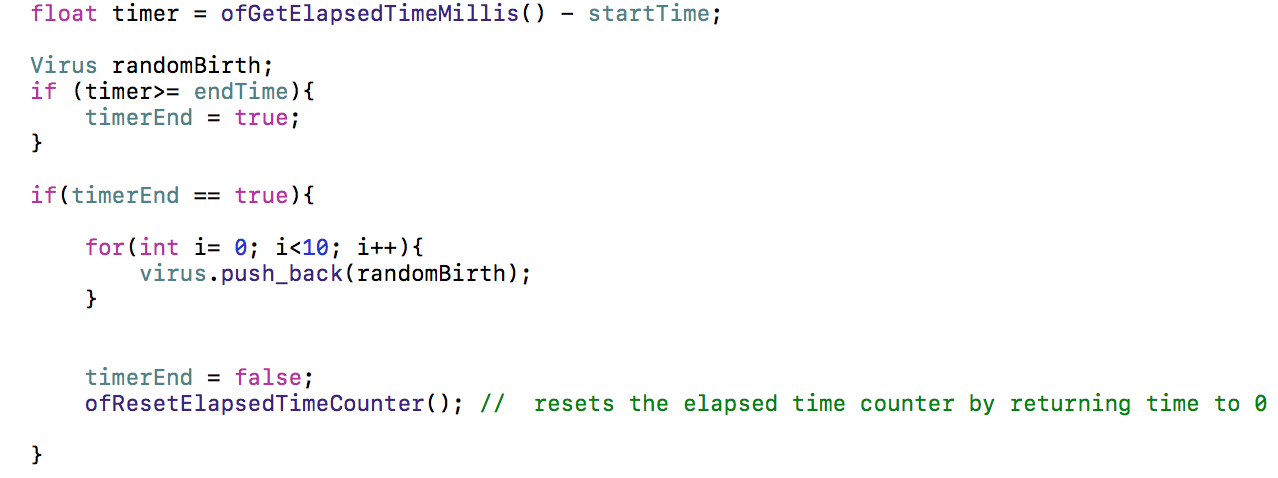

Another issue I had with the virus was how one type of virus changed the parameteres in such a way that all the superformula ended up looking extremely similar with not much variation. For this issue I made a flag for a mutated virus, which would be either yellow or red. If when the virus had infected the shapes and a random value equaled the mutation rate then one of these mutated viruses would be push back.
I changed my code so that when the final colour of a virus was either red or yellow then once they infected the shapes, they would have different affects on affecting the parameters and the colour, for example red increases the red value and reduces the blue value, while yellow does the opposite. If a number of random between 0 and 10 is less that 0.05 then the m value will also change if the virus is yellow. This further increases the diversity of the system.
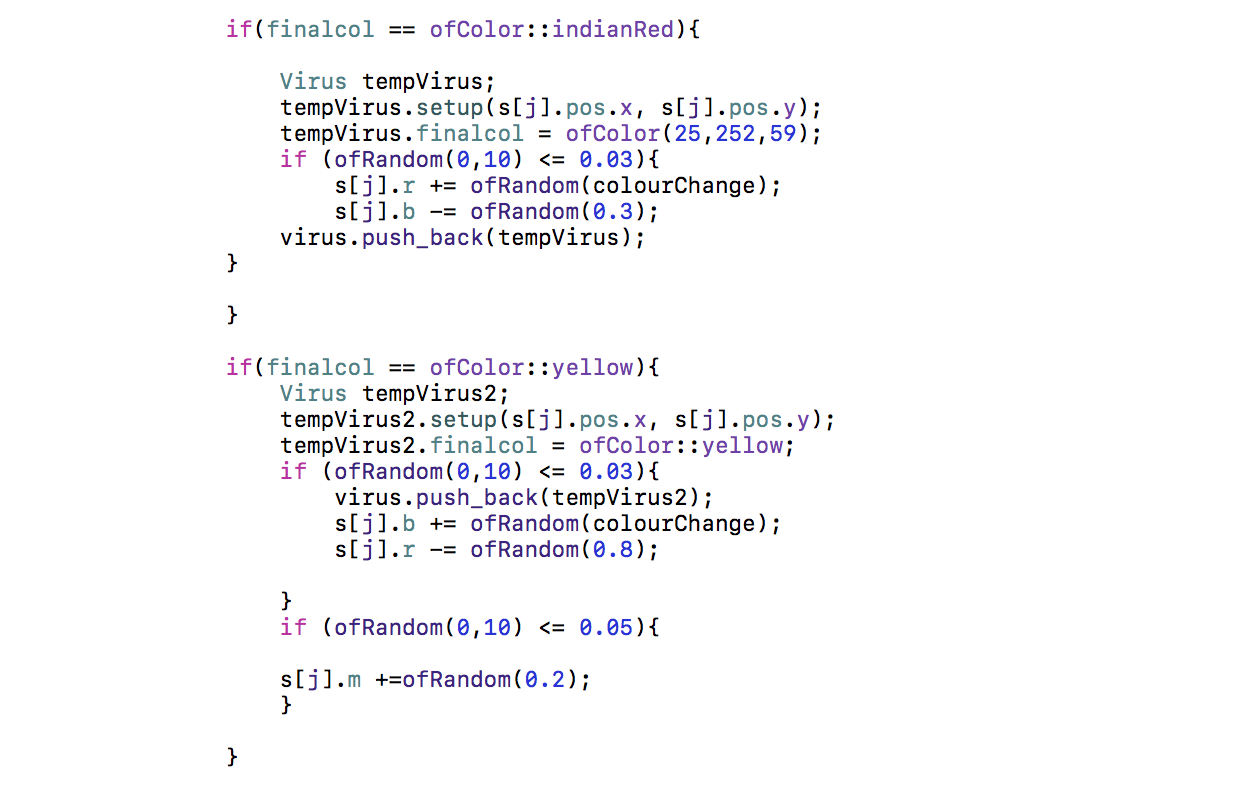

Conclusion
In summary I do view my work as successfully achieving what I intended it to. I know that it is a fully autonomous system in the sense that it does not need any external stimuli to exist or to continue to change over time. Over the duration of the exhibition my piece successfully managed to exist by itself without the need for me to restart the program because an element went wrong. The audience interaction with my piece also happened in the way that I had hoped, with audience members spending time and actually observing the system in front of them. Even gathering round the piece and having discussions amongst each other.
Visually my work also appeared how I wanted it to with the projection. The work did look like it had many different features and aesthetics happening within it but I felt that it did not detract from the overall look of the piece and there wasn't too much information for the audience to not realise what was going on. Because of the randomness I could never guarantee that all of the shapes and colours would work well together but on the whole they tended to compliment each other and even when they didn't , it caused a certain amount of tension and chaos in the work that I wanted and times but because the system is forever changing, the piece did not turn out to be total chaos. The only aspect that disappointed me visually was the documentation. Because of the bright colours that was displayed within the projection it made my work very hard to document because of the constant glare from the shapes, despite it not causing a problem to look at in person.
If I could change anything about my project I would like to have incorporated some form of 3D element to the piece, for example a 3D version of the superformula shapes to further enhance this idea of a mixed reality across the system. At the beginning of my project I wanted my piece to have audio so that every time a certain event happened, it would trigger a response sound. I decided not to do this because there was already so much visual stimuli for the audience that I felt that also having response audio would make the overall piece too messy. While i'm glad that I didn't contain this type of audio, I wonder if the piece might have benefited from a continuous sound that would have set the mood for the audience, though I don't think this was entirely necessary to set the tone of the piece as i felt the visuals already did this.
Video of the piece within the gallery
Git Repository
http://gitlab.doc.gold.ac.uk/ljenn049/creative_project
References
1https://scitechdaily.com/remote-controlled-cockroach-biobots/
2http://www.nytimes.com/2002/07/12/us/traces-of-terror-the-science-scientists-create-a-live-polio-virus.html
3https://www.doc.gold.ac.uk/creativeprojects/index.php/work/joseph-nechvatal/


